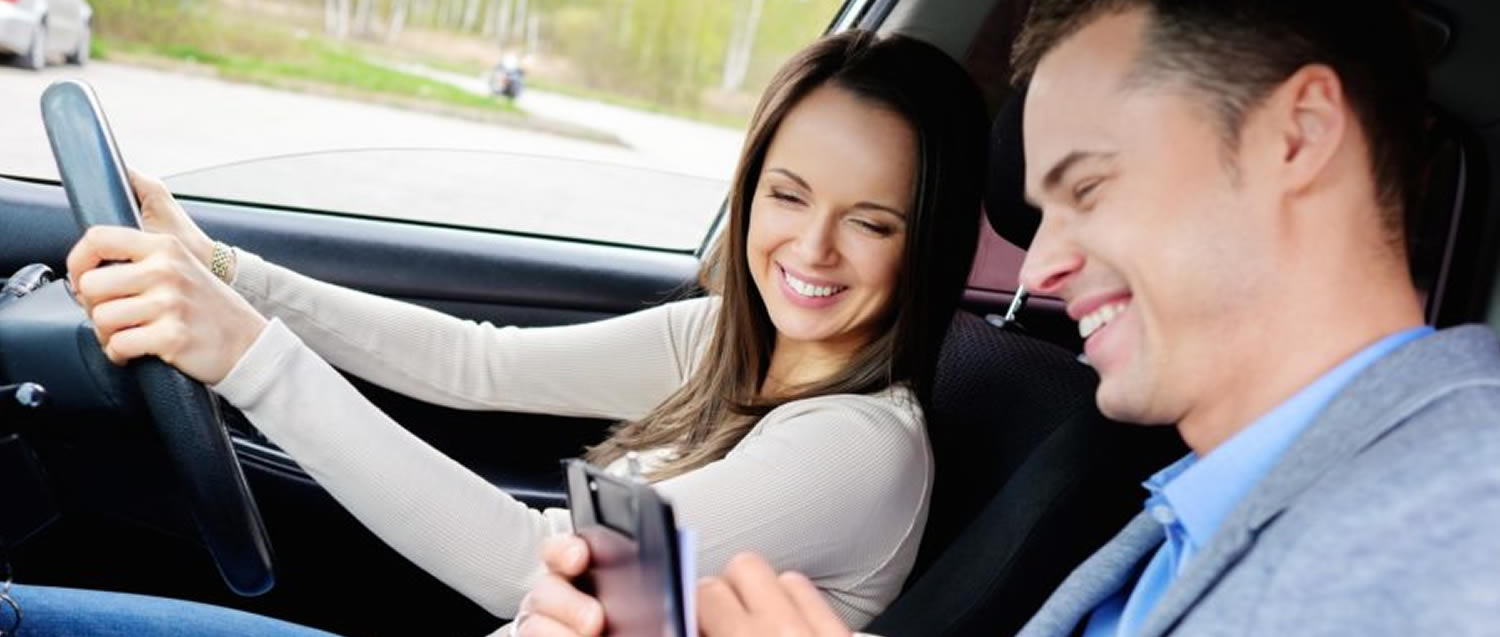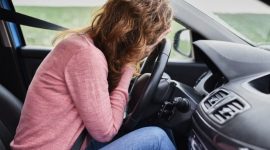The most common question a driving instructor is asked by their learner regarding the practical test is ‘How many driving test faults are you allowed on the driving test, before the examiner gives you a fail?’
Driving Test Faults
Firstly, let’s explain the three type of faults you can possibly make on the practical test:
1) A dangerous fault – this poses actual danger to either yourself, the examiner or the public or property.
2) A serious fault – this involves an action that may potentially be dangerous.
3) A driving fault (minor) – this action is not potentially dangerous, however if the fault is made consistently, then it can become a serious fault.
Although the new driving test has changed, the number of driving test faults remains the same.
Driving test faults will be assessed dependant on the degree of seriousness and the conditions at the present time. You want to ensure that you avoid any dangerous or serious faults as this will mean that you will fail your practical test.
Number of Minors Allowed
In terms of driving test faults, otherwise referred to as minors, you are allowed a total of 15 minors. Although this is quite a high number, it is best to ensure that you keep a low minor score as repeats of the same minor could alter into a serious fault. For example, if you receive three minor driving test faults on ‘use of mirrors’, this will convert into a serious fault, resulting in immediate failure.
Common Faults
The most common driving test minors are as follows:
- Starting the engine and the car is in gear, the car will lurch either forwards or backwards, if the clutch has not been pressed down.
- If the handbrake has not been applied when coming to a complete stop.
- Not making the necessary checks when moving off or stopping – although this is a minor fault, it can easily become a serious one if you have moved off or stopped unsafely.
- Carrying out the Emergency Stop manoeuvre and putting the clutch and footbrake down at the same time.
- Doing any Reversing manoeuvre and being either at an angle to the kerb or too far away from it.
- Doing any Reversing manoeuvre and not using your mirrors and observations to determine whether there are any pedestrians around.
- Not turning on the necessary controls when needed, such as activating the lights if there is a reduction in visibility.
- Not using mirrors and observations for awareness of other road users, signals, road markings and signs.
Above are just a few examples, but if you require more information, it is best to speak to your local driving instructor.
The Result
The driving examiner will be noting down your minors during the practical test. It is best not to worry about this whilst on your driving test, as it could impact how well you do. It is best to focus on the drive ahead and ensure you drive safely and confidently.
You will be informed of the number of minor driving faults, as well as how they were sustained at the end of the test. The examiner will let you know whether you passed or failed. You will be handed a copy of the Driving Test Report so will have an exact record of how the minors occurred. This will be invaluable if you fail your driving test, as you will be aware of what needs to be done to develop those driving skills and ensure you pass the practical driving test.
Good Luck to all those preparing for the practical test!



